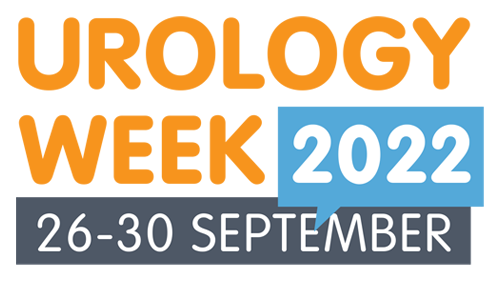Cystectomy vs trimodality bladder preserving treatment for muscle invasive bladder cancer (MIBC)
19th Sep 2022
According to the updated EAU guidelines long-term survival with trimodality bladder preserving treatment (TMT) could be as good as with radical cystectomy (RC), in selected patients. During the course of EAU22 a number of speakers addressed this topic.
Case discussion – cystectomy or TMT for a T2N0M0 bladder tumour?
Speakers debated which approach would be better for a patient with a T2N0M0 bladder tumour.
Trimodality treatment starts with a maximal transurethral resection of the bladder tumour (TURBT) followed by chemoradiation.
Professor George Thalmann (University Hospital Bern, Switzerland) argued that for successful trimodality (multimodality) treatment careful case selection is critical – it is not a ‘one size fits all’ option. Moreover, mortality increases if radical cystectomy is delayed for more than 12 weeks and this could occur if a patient does not respond to TMT.
Radical cystectomy with pelvic lymph node dissection remains the gold standard for T2 bladder cancers, he concluded.
Professor Jason Efstathiou (Massachusetts General Hospital, Boston, USA) said that the long-term results of TMT are comparable to RC. Organ-conservation is now commonplace in many cancers. RC is complex surgical procedure that is associated with considerable morbidity. Furthermore, RC is not performed in about 50% of patients with MIBC so there is a huge unmet need – TMT could help to fill the gap, he suggested.
In a current series the five-year disease-specific survival is 84% and fewer than 15% of patients require a salvage cystectomy.1 A recent propensity-score-matched analysis (presented at ASCO and EAU by Alexandre Zlotta) comparing TMT vs cystectomy showed no difference in metastasis-free survival after five years.
Recent advances in radiotherapy and systemic chemotherapy have contributed to the success of TMT. In addition, long-term toxicity is acceptable and quality of life after bladder preservation is good – and probably better than after RC. Some 20-25 percent of patients will develop non-muscle invasive recurrences after TMT but these can be managed conservatively with TURBT and intravesical therapy. Salvage cystectomy is feasible and can be curative.
TMT is supported by NCCN guidelines and others.
In future, the addition of immunotherapy, with checkpoint inhibitors such as nivolumab or atezolizumab, might further improve the results of TMT. The INTACT trial is randomly comparing concurrent chemoradiation with and without atezolizumab. The trial is accruing well and early data suggest the treatment is well tolerated, said Professor Efstathiou.
In 2022, patients with MIBC should be offered TMT, he concluded.
Article by Christine Clark PhD FRPharmS.
Reference
- Giacalone NJ et al. Long-term Outcomes After Bladder-preserving Tri-modality Therapy for Patients with Muscle-invasive Bladder Cancer: An Updated Analysis of the Massachusetts General Hospital Experience. Eur Urol 2017;71:952-960. doi: 10.1016/j.eururo.2016.12.020.

